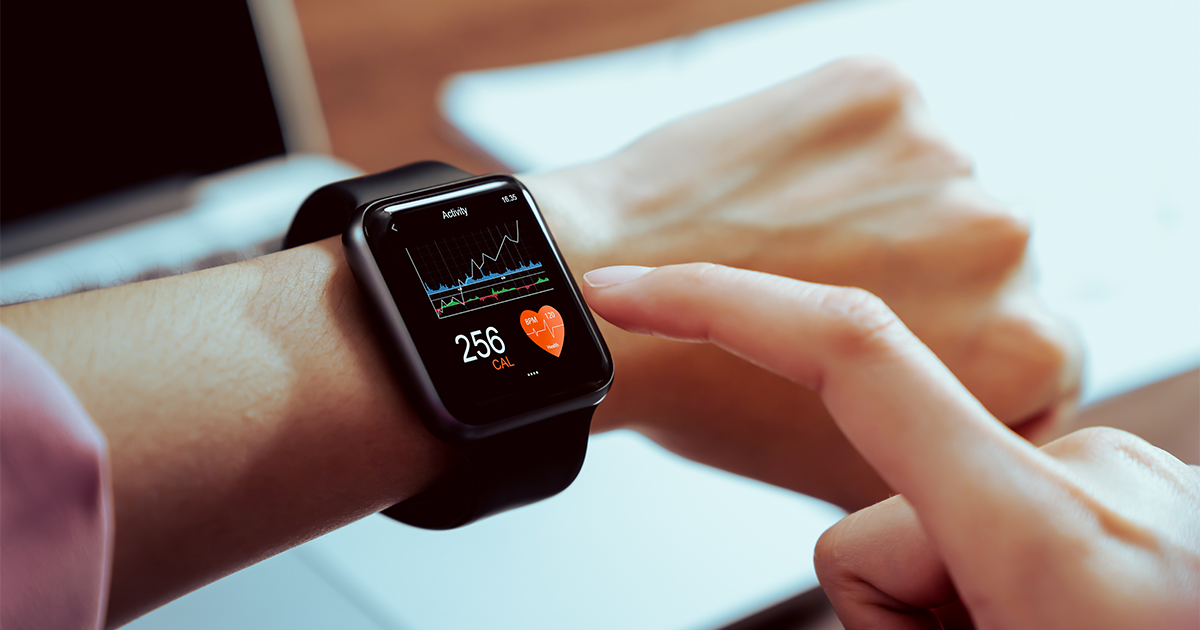As 2024 begins, we’re taking a look at some of the new trends that are developing in the personal injury cases of today and the near future. One of the biggest ones that offer both opportunities and pitfalls for victims seeking compensation for their injuries is wearable technologies.
How could wearable devices affect a personal injury case?
A few years ago, we commented on the growing trend of social media posts and data being used in personal injury cases. The general theme of the article is that while there may be information posted by others on social media that could help support your case for compensation, such as documenting the conditions of the day of a crash or fall, or showing what really happened in the moments leading up to a catastrophic event, it is also possible to sink your own case on social media by having posts that cast doubt on your mental state or trauma in the days, weeks or months after an injury.
Wearable devices are no different. According to the National Institutes of Health, roughly one out of three Americans uses a wearable device like an Apple Watch or Fitbit band to passively track health and fitness data. Here are some of the ways wearables could affect your case:
1. Accident reconstruction
Wearable technology may help prove your location or what activity you were participating in at the time of an accident. Perhaps you were out jogging at a certain time, or you were engaging in strenuous activity at your job.
2. Discovery
Depending on the situation, a request for your wearable data by the insurance company may be excessive, or it may be welcomed. According to JDSupra, a recent court decision in Suffolk County involved a plaintiff who happened to lose 50 pounds during litigation. The defending insurance company wanted to access the plaintiff’s Fitbit data to make the case that their injuries were not severe. In that case, the court ruled that many other factors could’ve helped contributed to the 50 pounds of weight loss, so the request for Fitbit data was denied.
In other cases, wearable data can prove that your activity levels are measurably lower than before your injury.
3. Proving Authenticity & Reliability
The old saying about data is, “garbage in, garbage out.” Meaning, if your wearable technology is not being properly worn, or consistently worn, or operating correctly, then the data it produces won’t rise to the standard of supporting your personal injury case. If the data is needed to make your case, then it has to be established that the device was operating correctly, the data produced is authentic and accurate, and that the data was not manipulated by the user in any way.
4. Proving a diminished activity level
If your injuries led to decreased physical ability, mobility, and other factors after suffering an injury due to the negligence of another, a fitness tracker could help prove it. As long as a baseline was established of previous data, a clear decrease in your physical activity could be shown, to help support more traditional medical data and expert testimony.
5. Proving disrupted sleep patterns and mental health
Wearable technology and other biometric data collected by cell phones can also provide quantifiable hints to changes in sleep patterns and mental health. Claims of emotional damage, backed by hard data proving insomnia, higher blood pressure levels and heart rates, and other stressful indicators could be more easily backed with wearable data.

